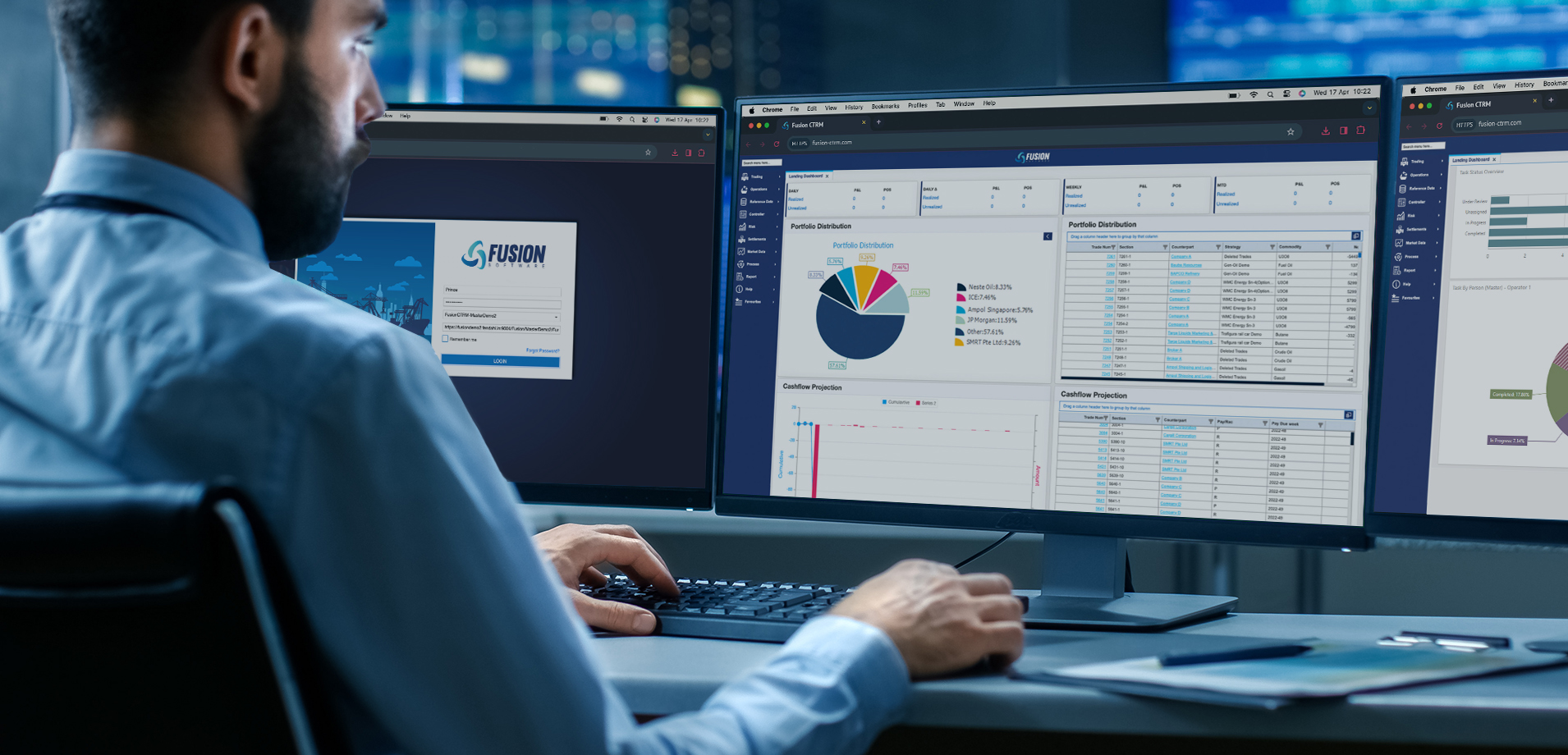THE SUITABILITY OF ERP VS CTRM FOR COMMODITY TRADING ORGANISATIONS
ERP (Enterprise Resource Planning) and CTRM (Commodity Trading and Risk Management) software both serve the needs of commodity trading organizations but have different primary focuses.
ERP systems are more broadly focused on overall business operations and management, including finance, procurement, and supply chain management. CTRM systems, on the other hand, are specifically designed for the commodity trading industry, with a focus on trade management, risk management, and market data analysis.
In terms of suitability for commodity trading organizations, it often depends on the size and complexity of the organization, as well as its specific needs.
When it comes to managing the business processes of Commodity Trading and Risk Management (CTRM), organizations must choose between deploying Enterprise Resource Planning solutions (SAP, Oracle, MS Nav, etc.) or specialist CTRM solutions.
While ERP solutions offer a comprehensive suite of enterprise software that can support a wide range of business processes within multiple industries, it may not be the best choice for organizations that are heavily focused on commodity trading and commodity management. Here are a few reasons why:
- Transaction vs Position: ERP systems are designed around the concept of Transactions that fixes the value of the purchased item at the time of purchase and when appropriate applies standardised accounting rules such as depreciation over time to calculate stock value. CTRM systems are designed around the concept of Positions that value purchased commodities (i.e. stock or inventory) against known market prices regularly. The frequency of revaluation depends on the volatility of the underlying commodity and the nature of the market data.
- Lack of specialization: CTRM systems are designed specifically for commodity trading and risk management, while ERP systems are a general-purpose solution that can be adapted to many industries. This means that CTRM systems are designed for purpose and have more robust risk management and specialist analytics tools, as well as a user-friendly interface for working with large amounts of data related to commodity pricing, inventory, logistics, risk management, etc.
- Limited CTRM functionality: While ERP can provide some of the basic functions necessary for CTRM, it does not have the specialist functionality required to properly manage the complex business processes of commodity trading and risk management. CTRM systems, by contrast, are designed to provide complete coverage of the functional requirements for these specialist business processes.
- Integration challenges: Integrating ERP with other specialized software required to support CTRM business processes can be a significant challenge. This often leads to data silos and decreased visibility into critical CTRM information. CTRM systems are designed to support complex integration requirements to both other required software solutions and data sources.
- ERP track record in commodity management: ERP systems are widely used to manage complex business processes across a wide range of industries. However, businesses engaged in commodity trading and risk management ERP systems are almost exclusively restricted to backend accounting administration functions. There are many examples of commodity trading businesses attempting to implement ERP systems. Unfortunately, these projects have mostly ended in costly failure.
In conclusion, while ERP systems can provide a comprehensive solution for managing a wide range of business processes, it may not be the best choice for organizations that are heavily focused on commodity trading and risk management. CTRM systems offer a more specialized, cost-effective, and integrated solution for these business processes and are a better choice for organizations that are primarily focused on commodity trading and risk management.
What we would advise for smaller organizations, a CTRM system will be sufficient to meet their needs, especially when working with Fendahl Fusion as our adaptable software will meet your needs completely, while larger organizations may benefit from integrating a CTRM system with an ERP system to get a complete picture of their operations.






